We arrived at Divungu where it was hot and humid.
We decided to visit the Popa waterfalls and split ways: we went to the south side and Gavin and Lee went to the north side to see which side would be the most spectacular. Unfortunately not one of the two seemed to be really stunning. It was more like a series of rapids than a proper waterfall. We decided to continue to Kongola, through the Okavango Strip, a very narrow strip of Namibia, between Zambia in the north and Botswana in the south.
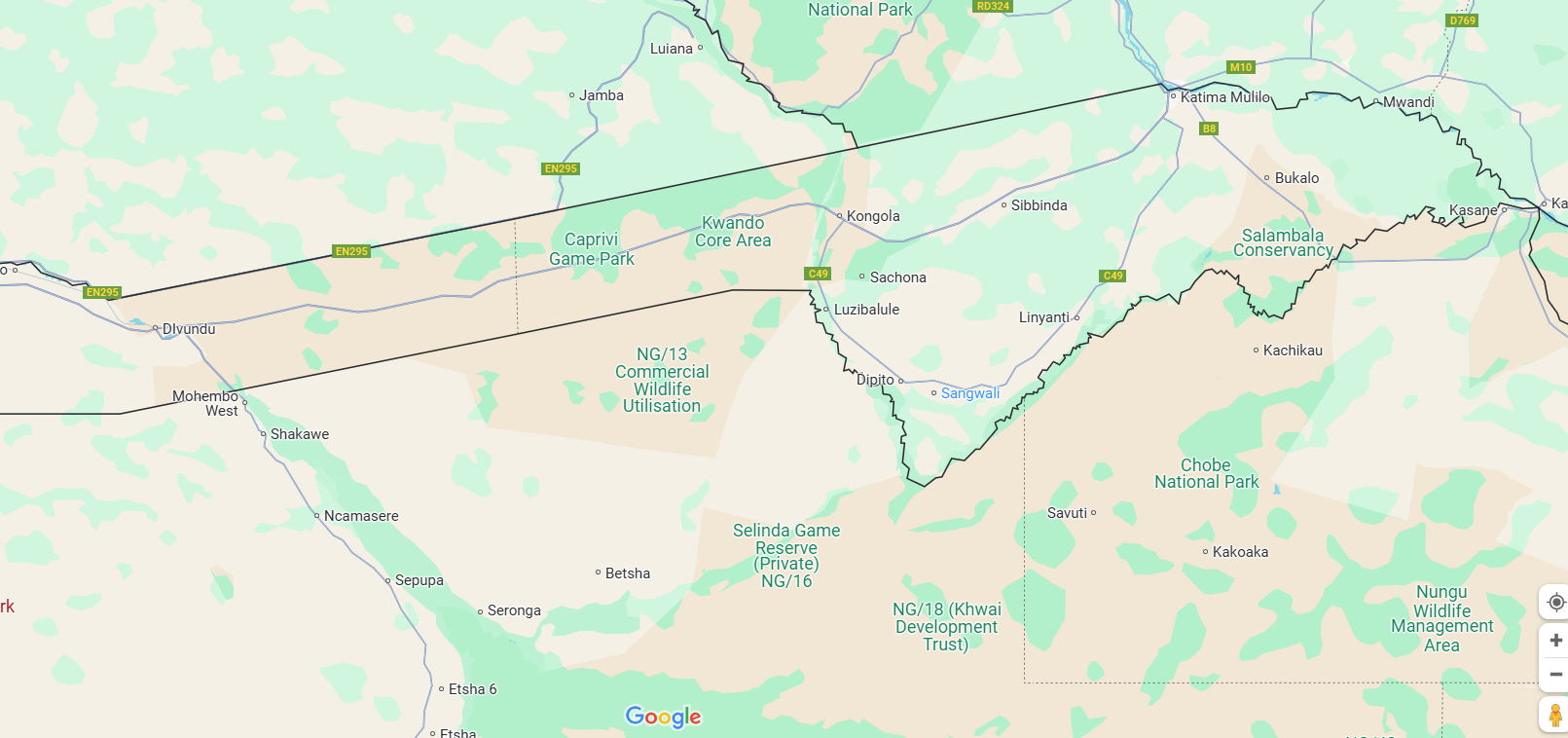
The strip itself was a bit of a disappointment: 200 boring km through the Caprivi National Park where you are not allowed to stop along the roadside. Only a certain section in the middle somewhere is advertised as “multiple use area”. This means that in this section local tribes / villagers live side by side with wildlife, as their villages are slap bang in the middle of the National Park. On the stretches before and after this multiple use area you’re not allowed to get out of your vehicle and rest areas under trees are closed off.
We found that quite amazing. We wondered if the areas around the villages and kraals are fenced off from the park or if it’s understood that these people know how to live with wildlife in their daily life and tourists don’t? We wondered if, just like the warning of a concerned passer-by in Kaokoland, government is more worried about unsuspecting tourists instead of the normal population.
We eventually arrived at Kongola, on the other side of the long road through the National Park. No change: it was hot and humid. It was to be for the rest of our stay in the Caprivi.
As by then it was late afternoon, we decided to park under a tree close to a petrol station and call it a day.
From there we continued to Mudumu National Park, where we booked for two nights.
Our first night was just spectacular with a big herd of elephant grazing across the river from where we were sitting. They slowly made their way to the river and a never-ending line of big and small bodies silently moved through the water in a glorious red sunset less than 100m from where we sat observing them. That was just amazing!
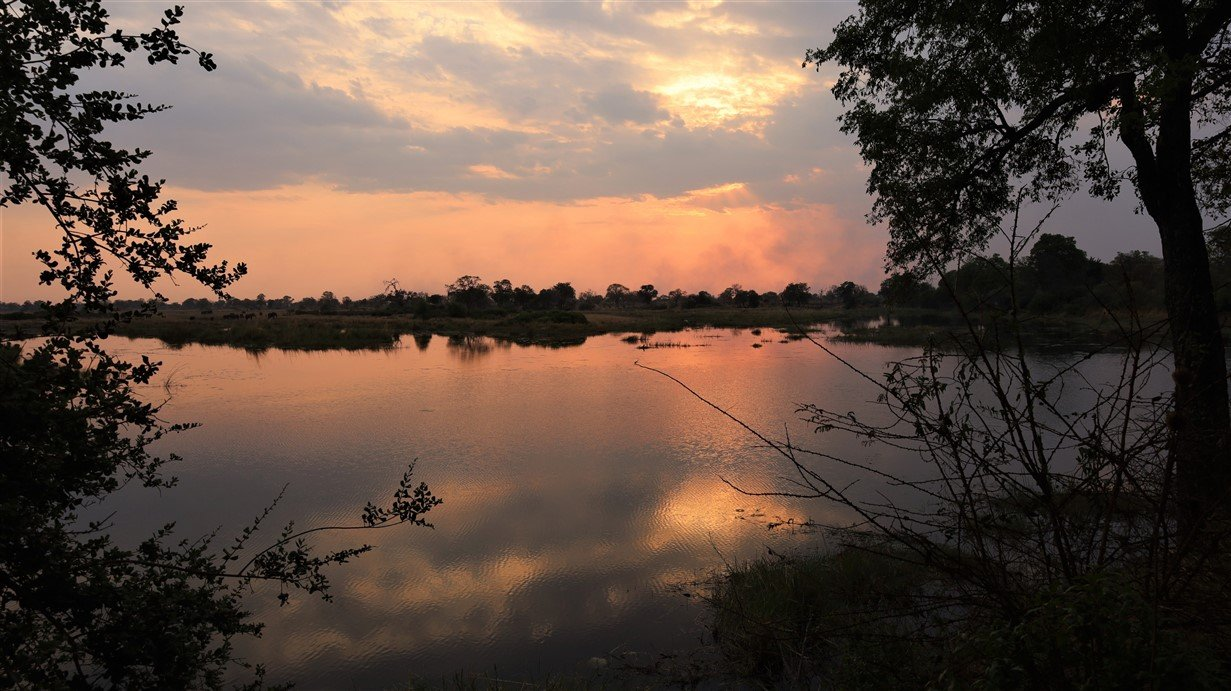
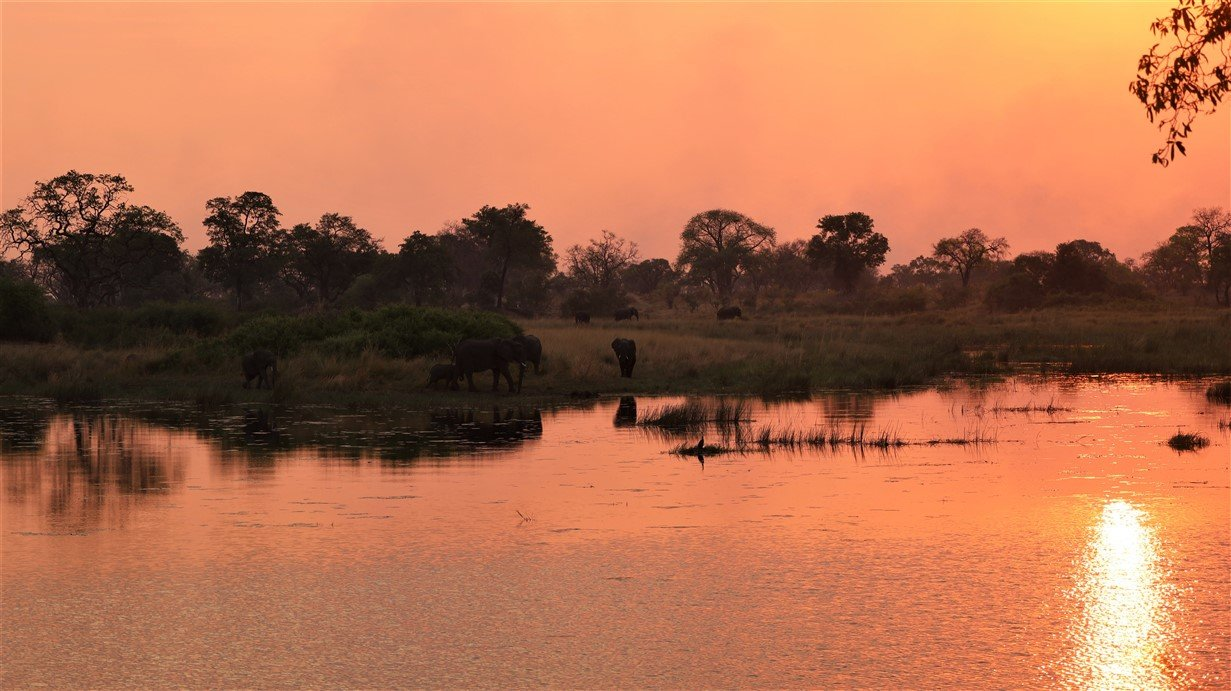
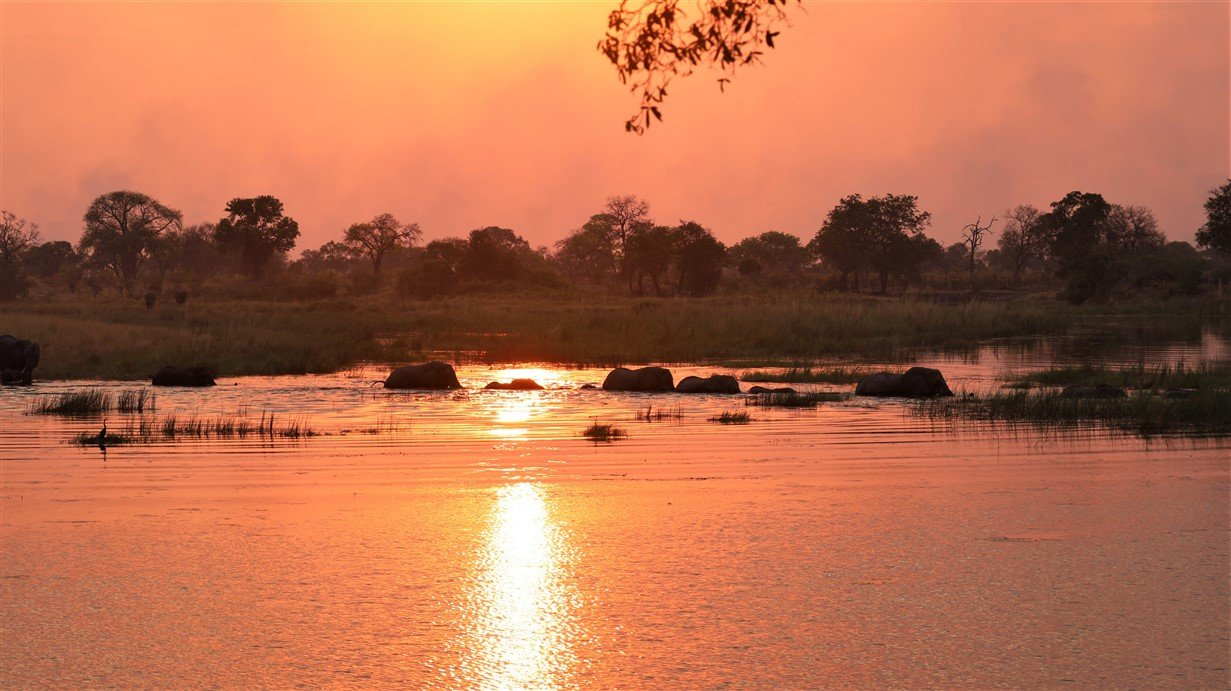
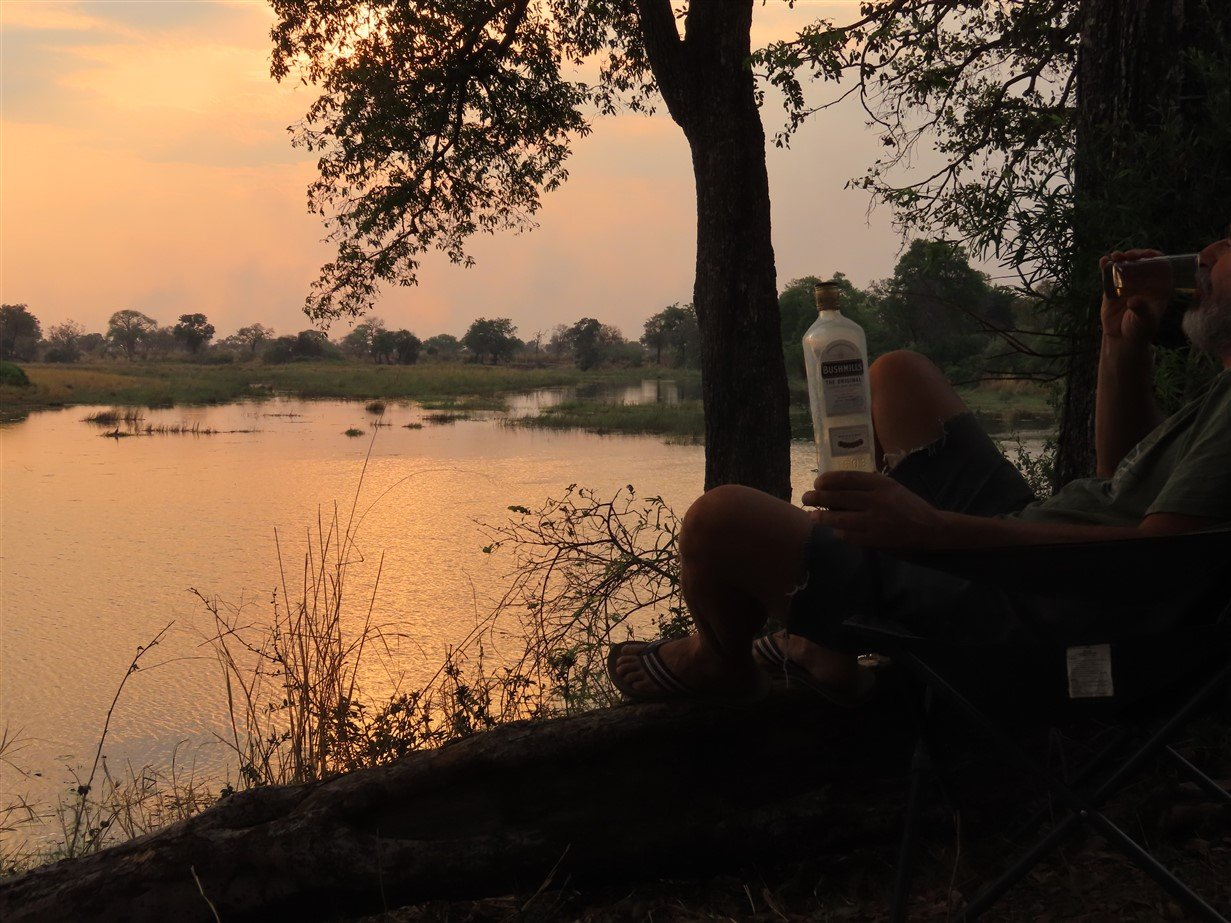
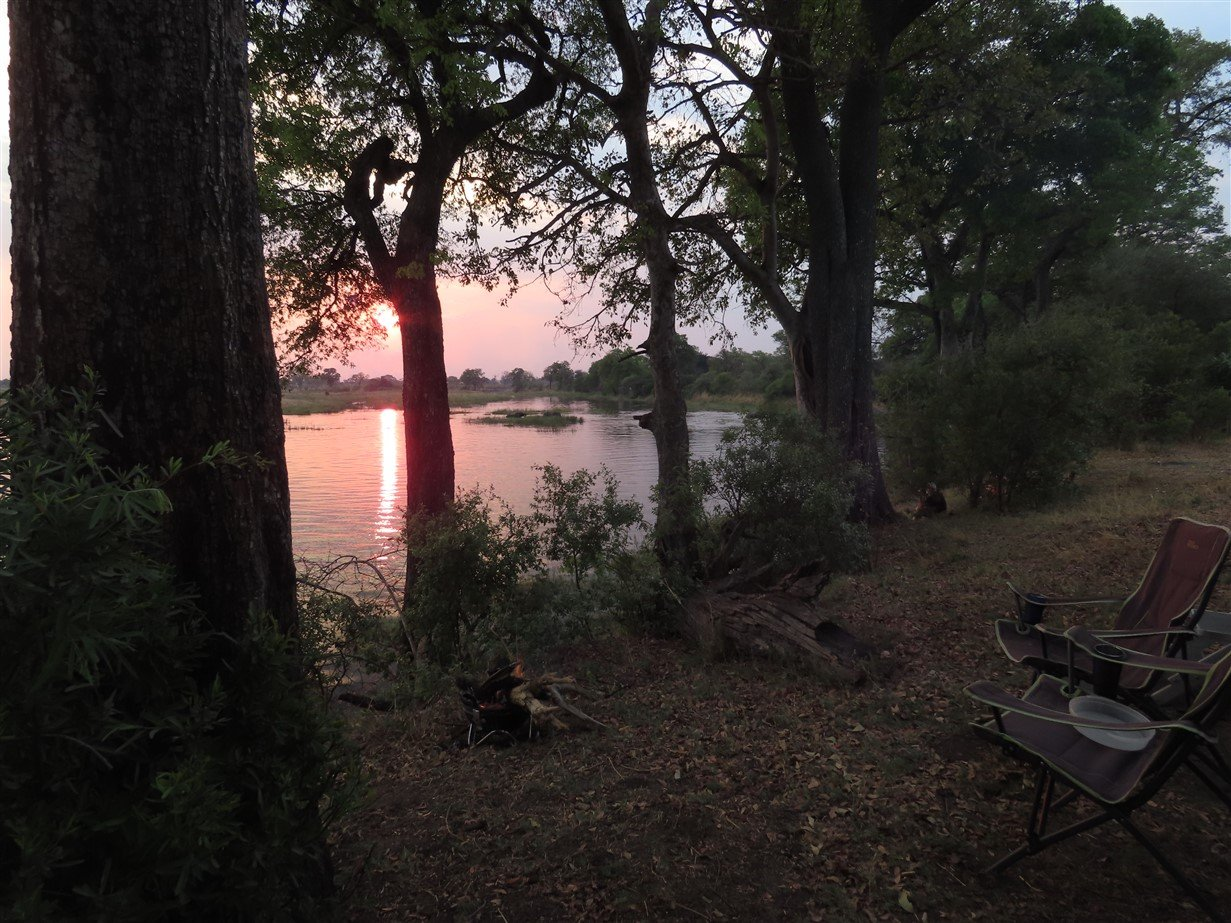
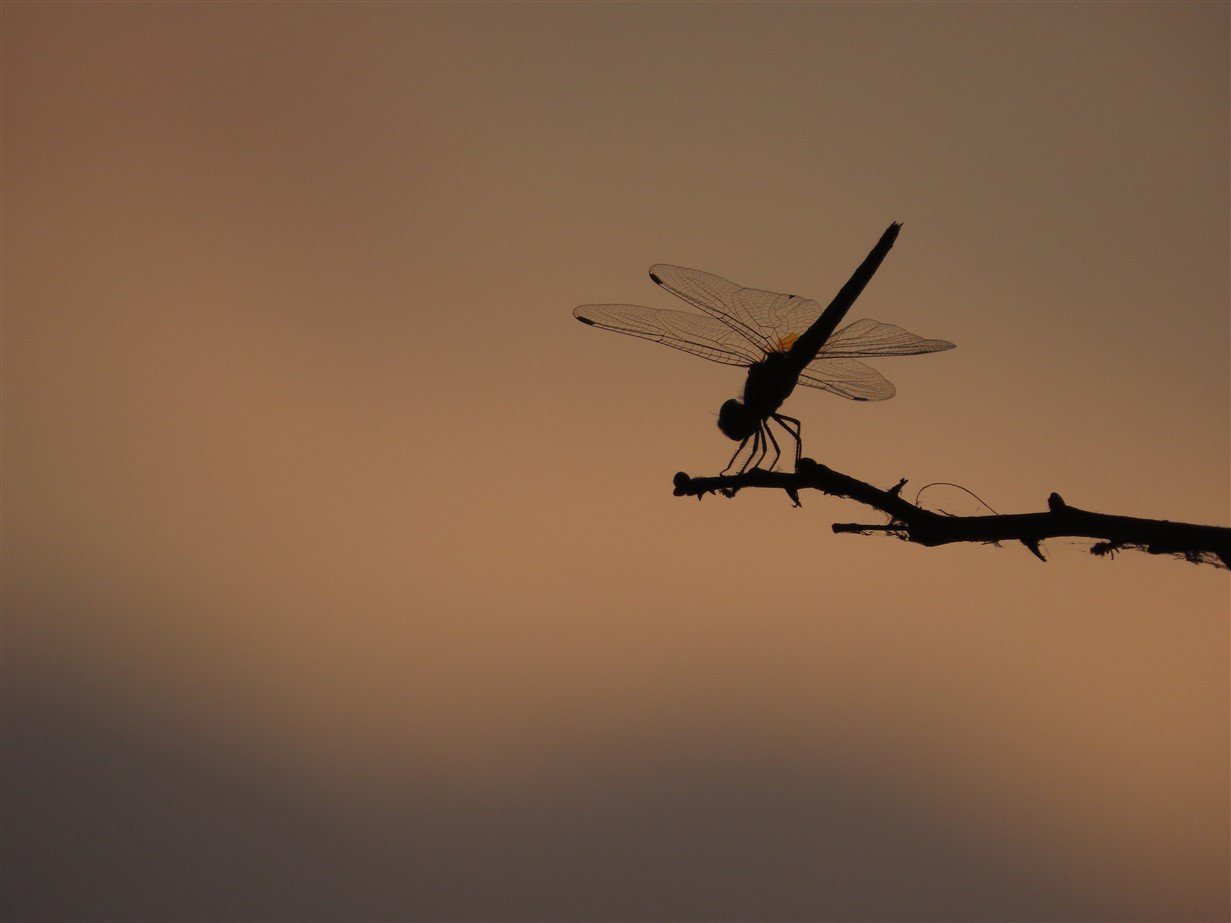
The following day we went to explore different parts of the park.
When we eventually drove to the bird hide on the northern most campsite we encountered deep sand again. But, as said, we have had a little experience by now and we arrived safe and sound at the bird hide.
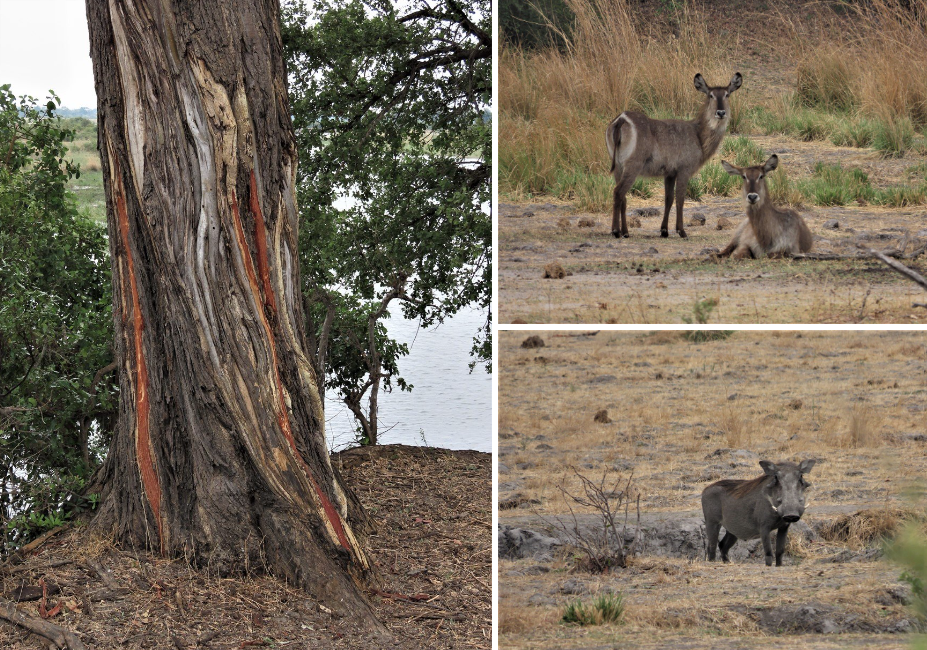
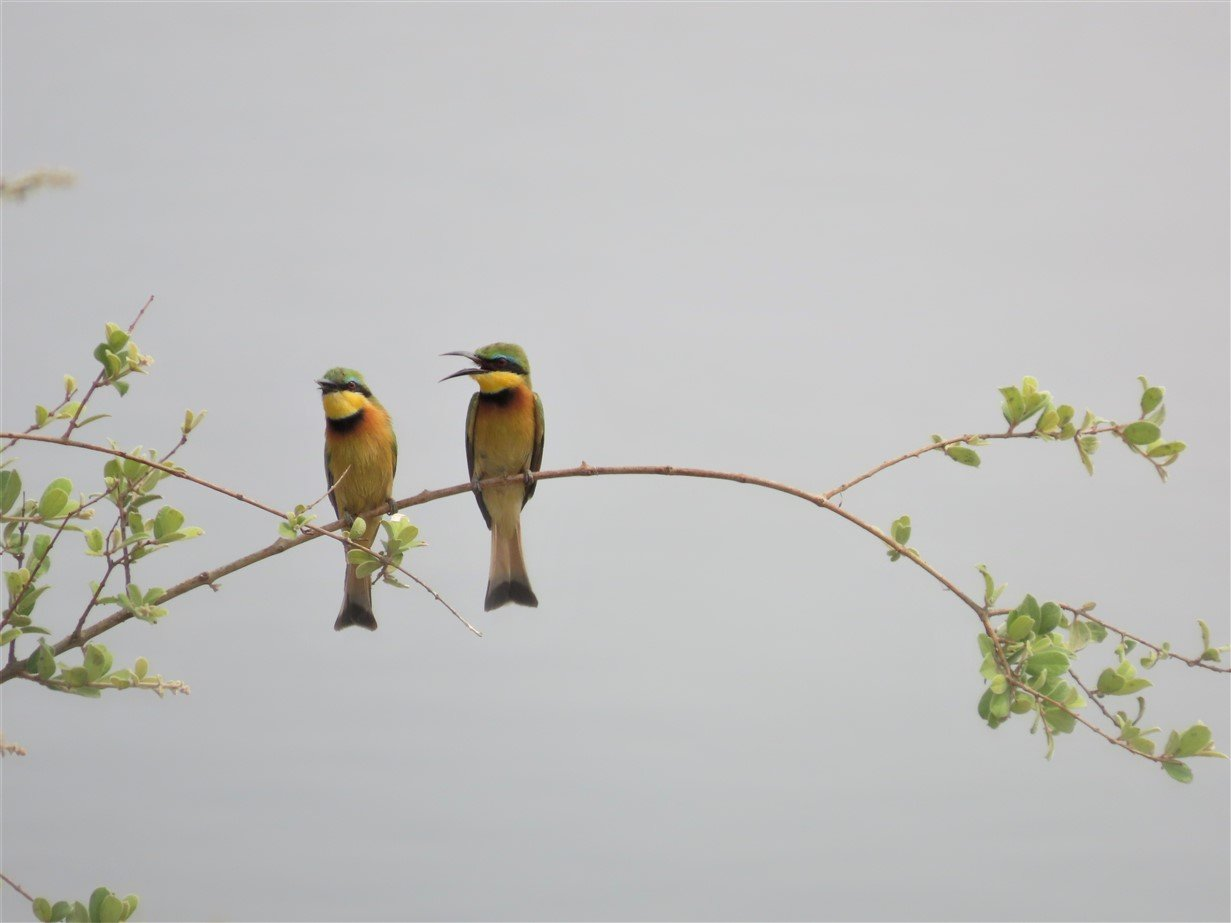
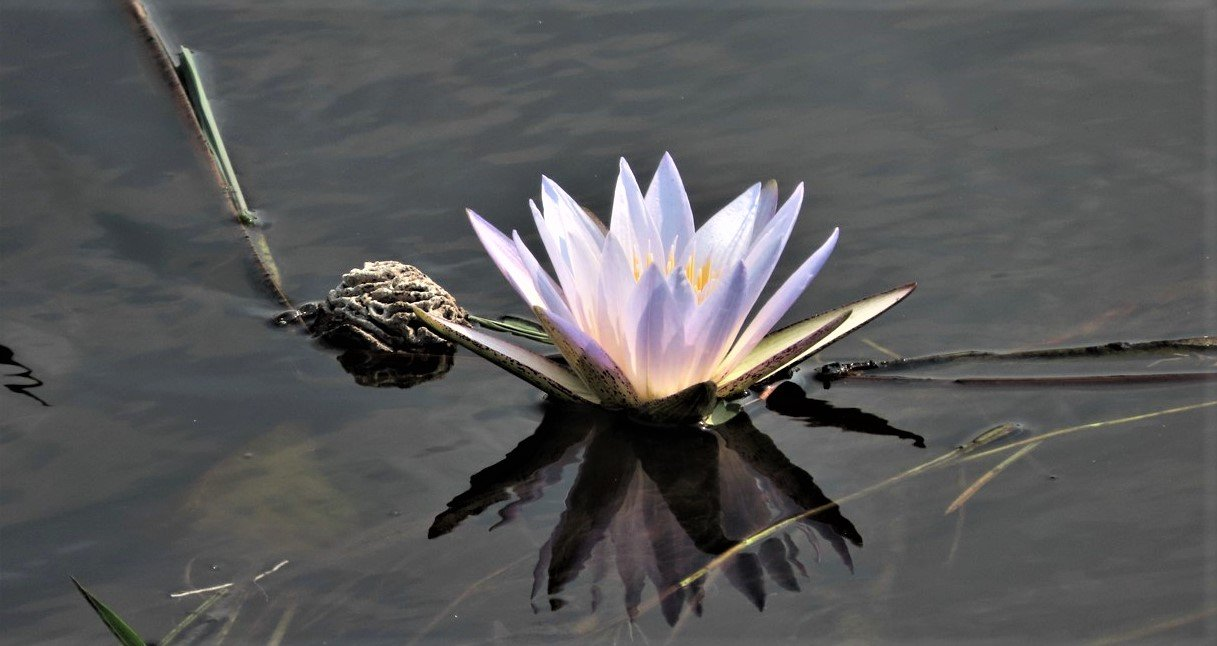
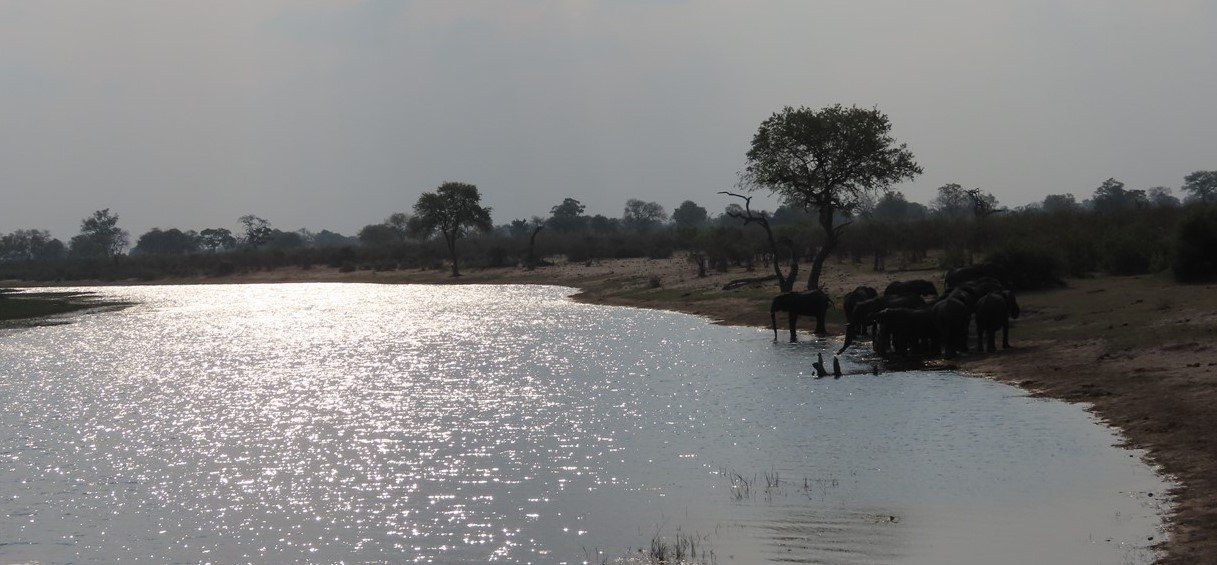
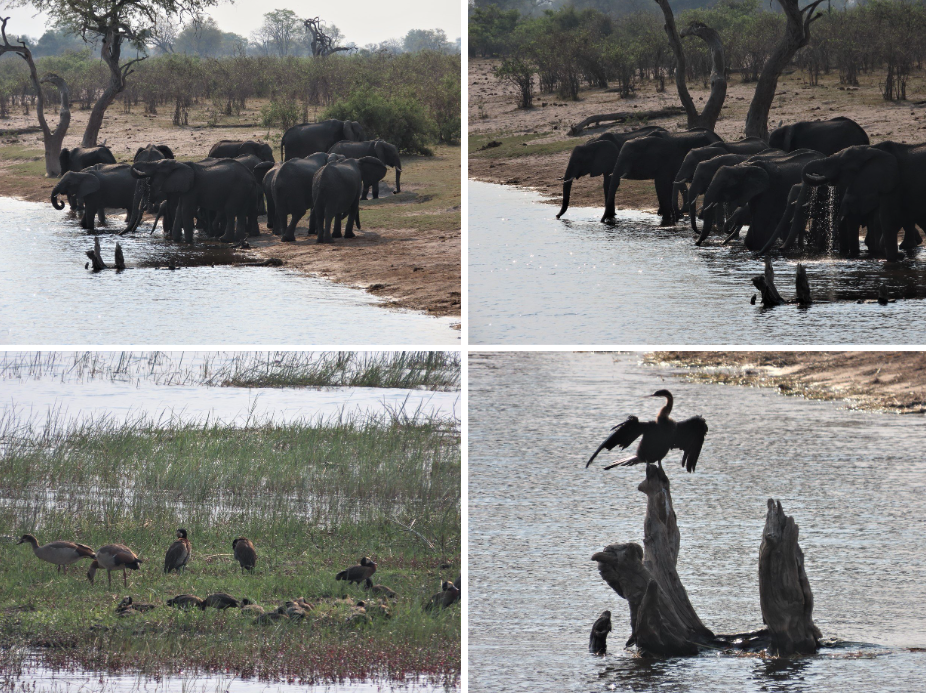
We spend some time at the hide and then it was time to get back to our campsite. Easier said than done. Just as we turned the corner from the path to the bird hide to our campsite we encountered a landcruiser who seemed to battle with the soft sand. Stefaan thought that we could get a bit more out of the way and off the track, so that the other car could pass. Big mistake! Same thing happened as we had experienced in Khaudum: getting off existing tracks gets us in trouble! With hindsight: we might never again give way to another vehicle in soft sand… especially when it is a vehicle that’s supposed to have difficult 4×4 roads for breakfast. Back to our situation.
The couple in the car that eventually passed us, walked back to see if they could help. But we could see that this was a situation we had to tackle ourselves. Besides another heavy vehicle pulling us out, this was going to be a tricky job. We sent them on their way to enjoy the bird-hide!
For us it was now a matter of digging and finding something to attach the winch cable. The digging worked, finding something heavy enough to attach the winch cable… not so much. While Stefaan was digging I was on the constant lookout… after all this was a game park with wild animals! Although we’re always very keen to spot lion, hippo or rhino… when you’re digging to get your vehicle out, those are the last animals you want to see. Luckily, the only animal presence in our vicinity were the elephants: a continuous caravan walking to the river and walking back into the bush. That was at about 50meters from where we were stuck. They didn’t seem to be bothered at all by this white beast stuck in the sand!
A short while later a Russian couple in a Jimny stopped and we really had to admire the driver: he offered to help and when we were all roped up and he started his engine, you just saw spinning wheels and dust, but no movement for Trokkie whatsoever. Thank you though, Jimny, for a sterling effort!
It started getting later in the afternoon and we realised that we wouldn’t get out on our own. I tried to phone Gavin and Lee, but mistakenly pushed a wrong unlock code on Stefaans phone and it got locked after 3 tries. (I’m so used to his SA unlock code on the phone, that I had forgotten that he had told me about this new code on the Namibian sim card). So I resorted to the 2-way radio. Later it seemed that Gavin and Lee only heard crackling noises, but because I was pretty persistent trying to reach them, they realised something was wrong.
They eventually rocked up where we were stuck. We tried a few more times with tying the webbing onto Moglet but we couldn’t get Trokkie to move. We decided to camp there and then and take on the problem the following morning.
With a fresh start of the day, the braincells seemed to work better and with some serious digging and the use of Moglet’s sand tracks we were out in half an hour. We decided there and then that sand tracks would be on our list to buy at the first opportune moment!
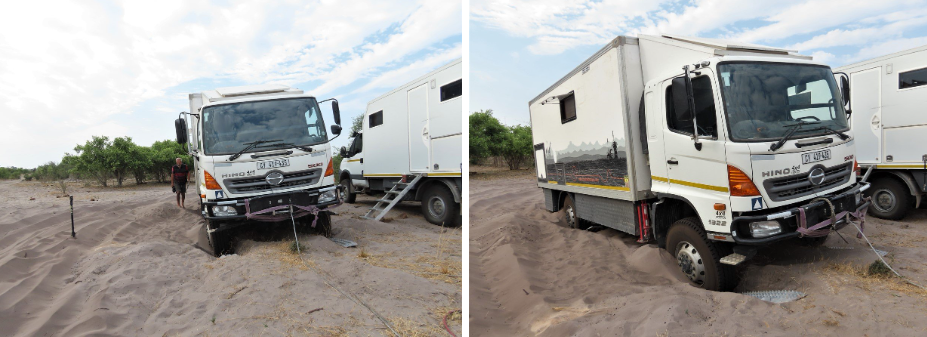
After our morning recovery exercise, we all went back to the bird hide and spent some more time watching the birds, a lazy croc, a noisy groups of baboons and the smaller creatures.
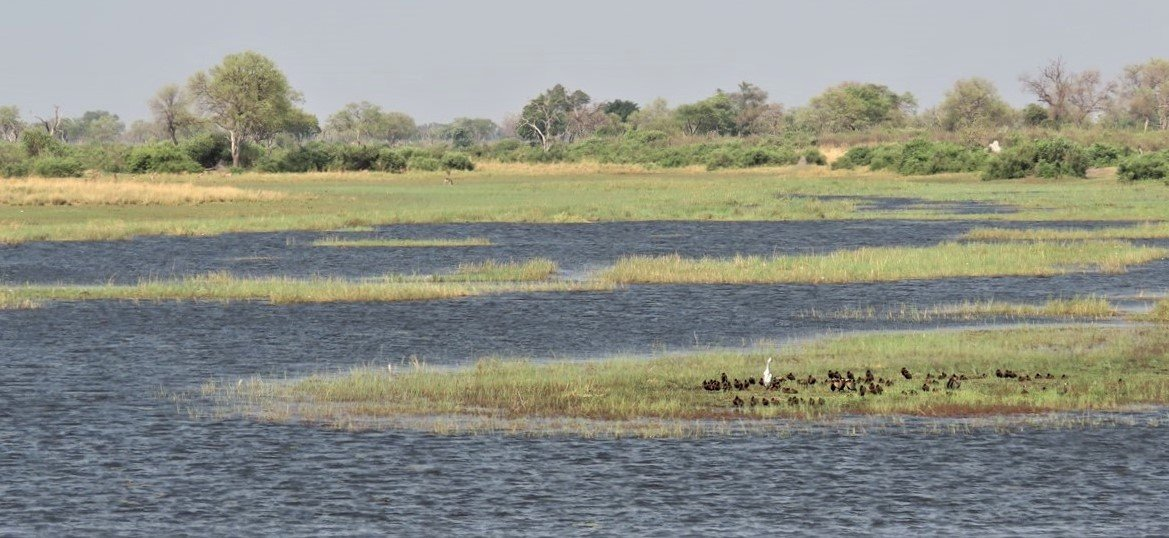
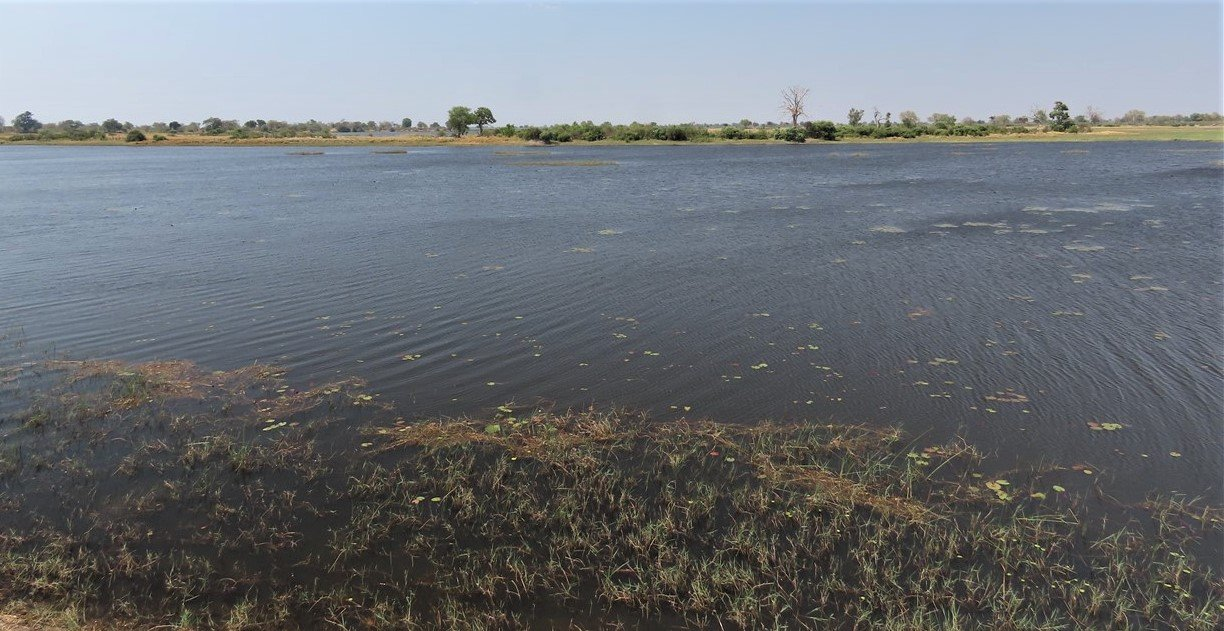
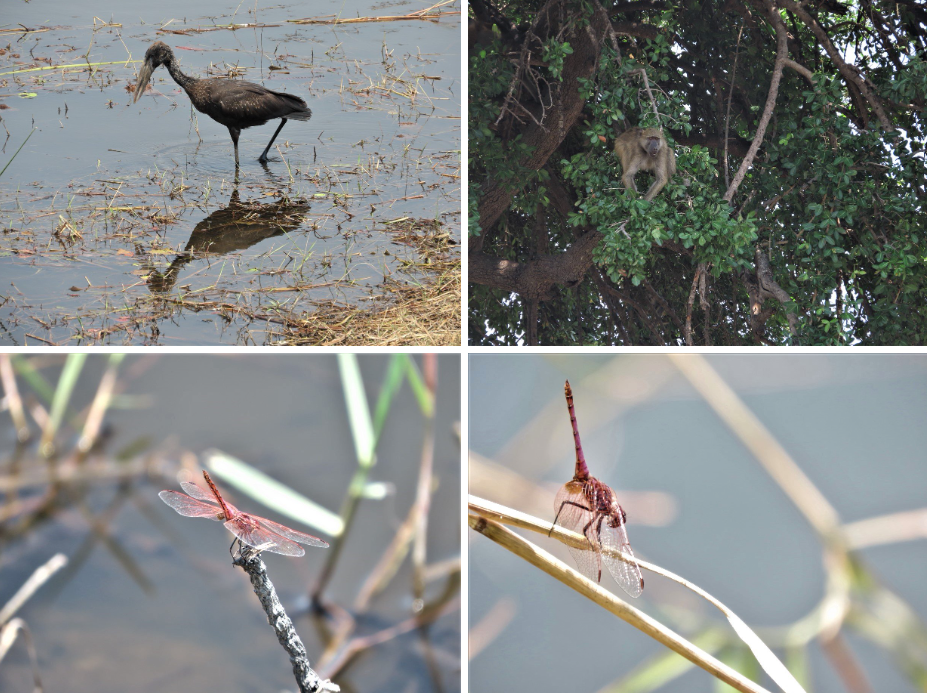
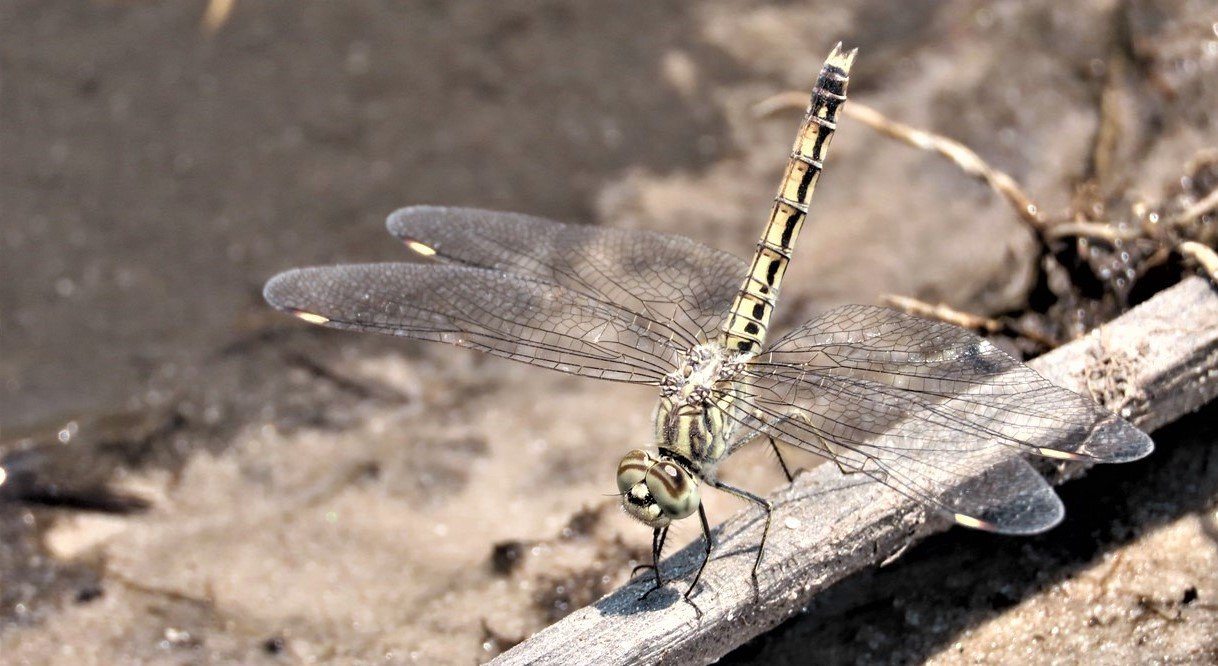
We left that side of the park and drove a bit further on the road going through the national park. We saw some buffalo and giraffe alongside the road and then we turned off into the north side of the park, where there was another bird hide and we hoped for more interesting game viewing.
The bush felt different than the south side, with burned sections and dry waterholes. It felt more open forest-like with big trees and almost no shrubs. There was a magnificent baobab close by the bird hide. Walking up the steps and gazing out over a dry waterhole, we could see that the infrastructure had not seen maintenance in a long time and we presumed that less people visit this side of the park.
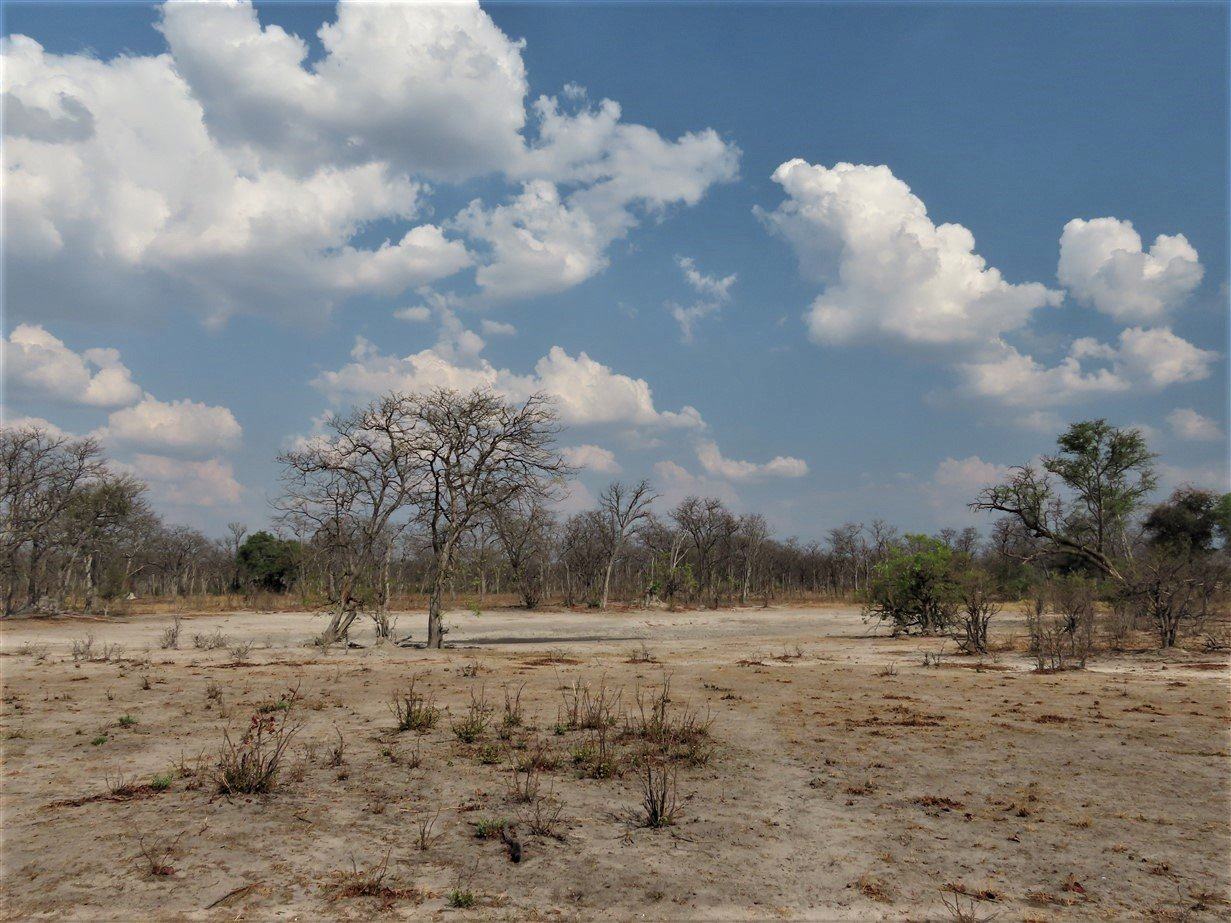
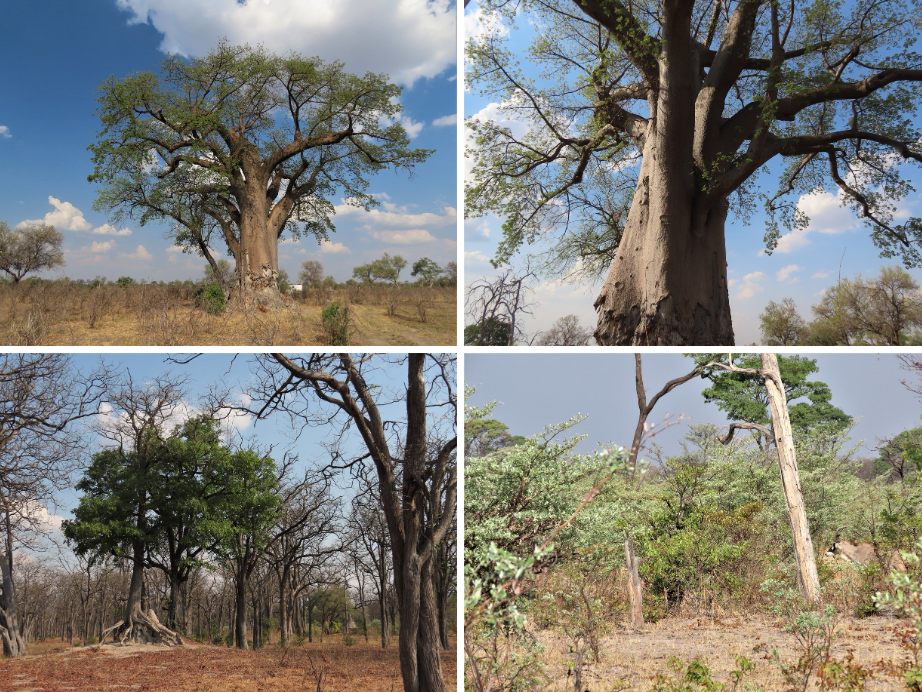
We left the park and continued to Nkasa Rupara Park, further south.
For more photos, clips and videos follow us on

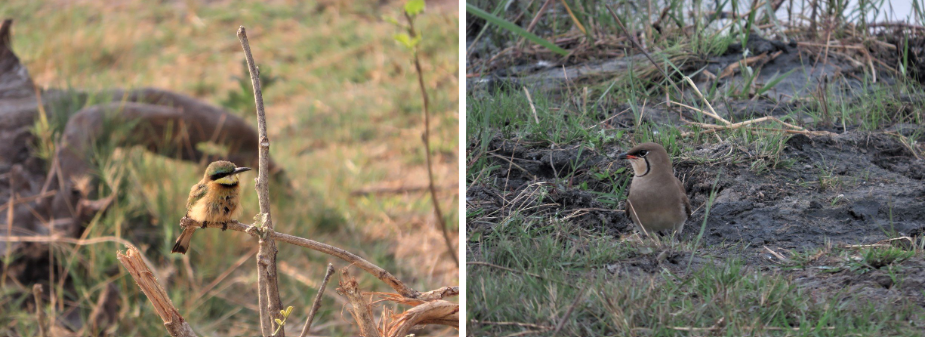
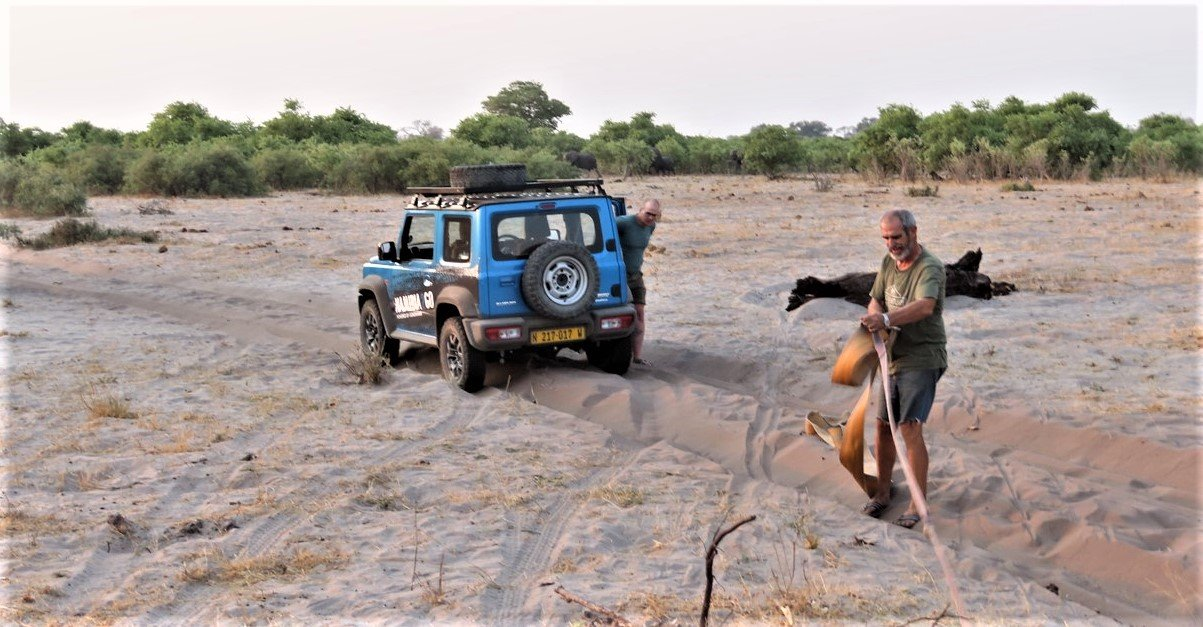
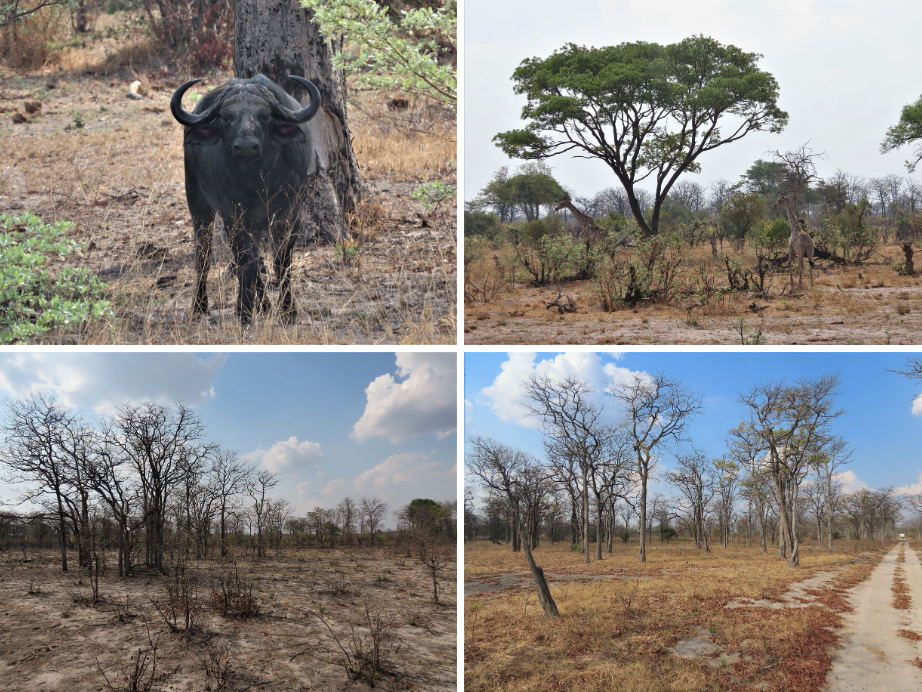


Caprivi Strip part 1